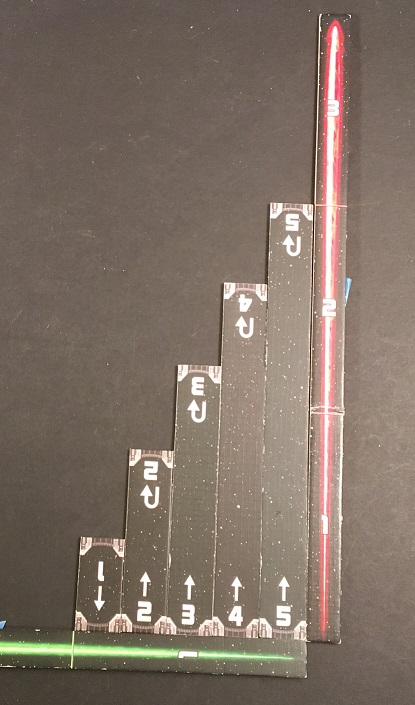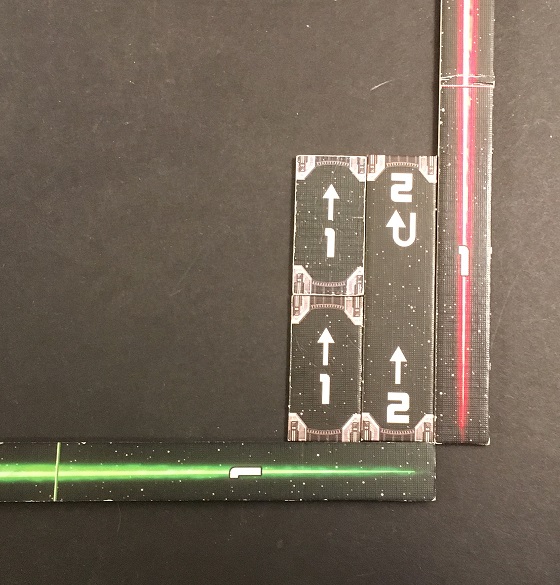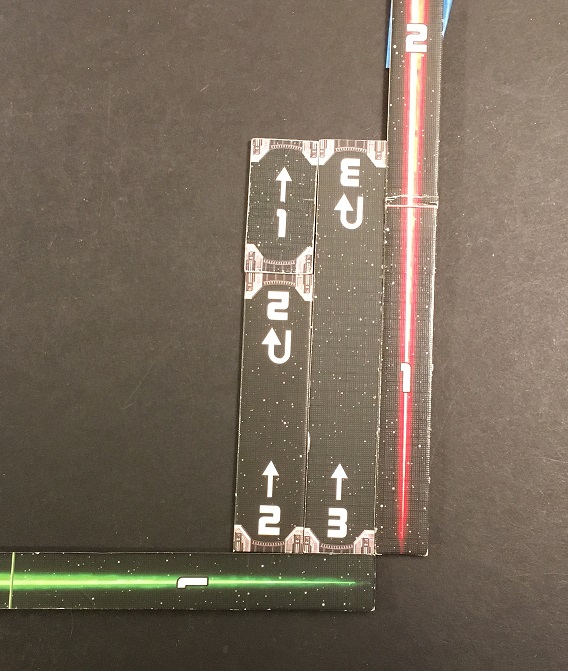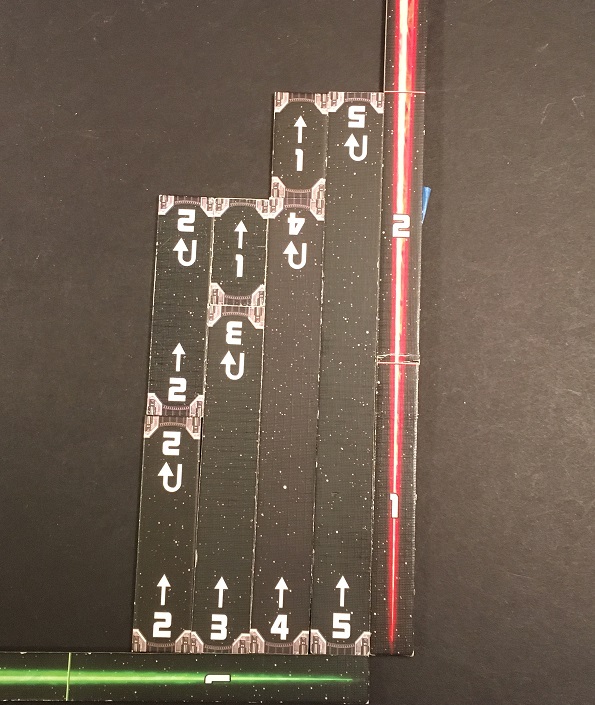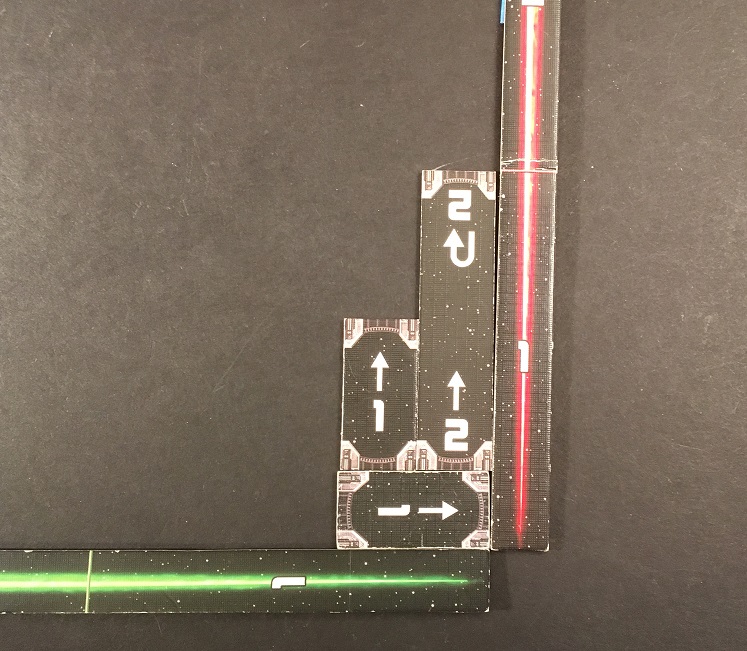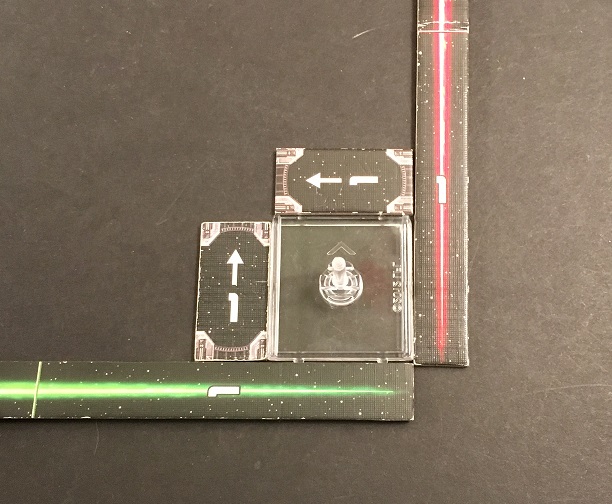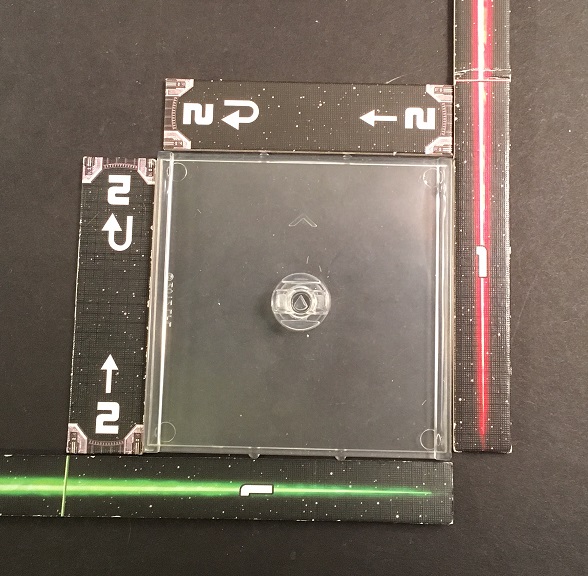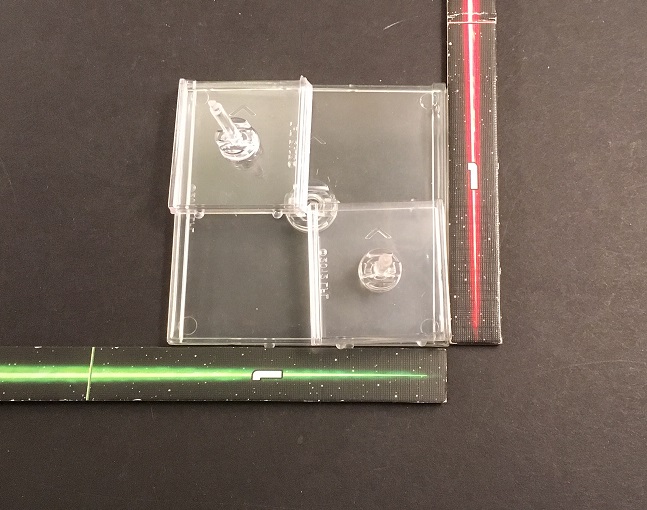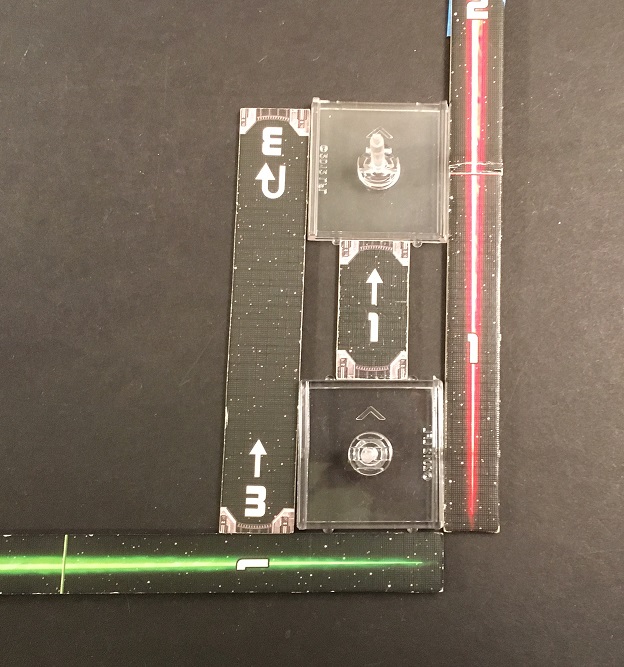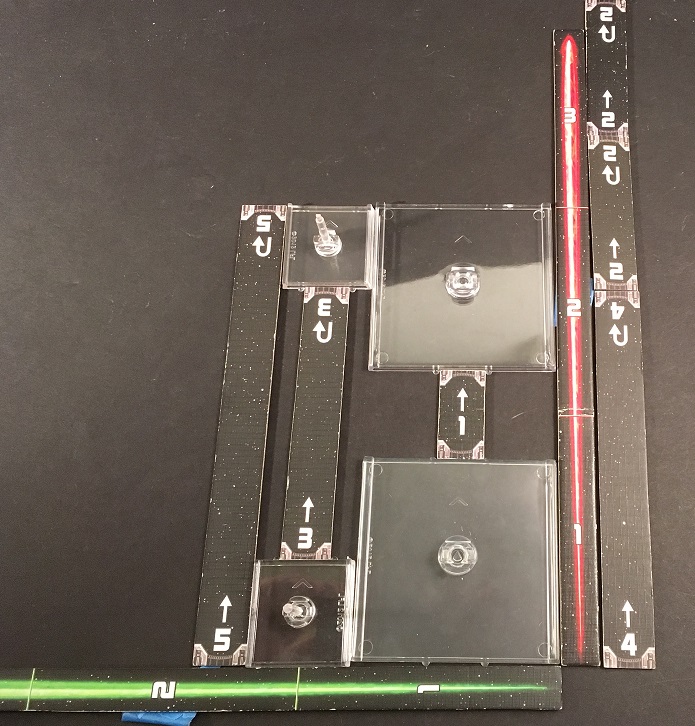X-Wing: Top Gun – Back To Basics


Do you want to become a better X-Wing Pilot? Well it’s time to get Back to the Basics of Maneuvering.
X-Wing: Top Gun is all about explaining some of the more complicated maneuvers and tricks you can pull off in X-Wing. The concepts may help you take your maneuvers to the next level.
There is a famous story of Vince Lombardi starting off a season he coached with a saying: “Gentlemen, this is a football.” He was speaking to a team of professional football players – HIS team of players. He believed that starting with the basics and mastering them was essential to success. After all, how you can start with something like The Lufbery Maneuver if you don’t even know how to fly?
In this lesson I want to take you through some basics about distances you may or may not know. For some players, this might be a “Duh” article. For others, this could be like a light turning on for the first time. Personally, I’m a very visual learner and after spending some time with a very experienced player this past weekend, I was able to work out some very interesting relationships that I want to share with you.
Now, it’s time to get “Back to the Basics” – Let’s learn about Straight Maneuvers
The Straight Maneuvers
I have setup some pictures to show off some of the relationships visually. Please bear with my beat-up card board templates as they didn’t want to work with me (which is a fantastic argument for those acrylic ones, btw). I eventually had to tape them down with the blue painters tape you see. But you can always try these same measurements at home – in fact, I encourage you to do so! Play with these distances until they become second nature to you.
Here we have a set of all the templates next to two range finders. Notice that the ranges 1-2 are the length of the 5 template and range 1 is the length of the 5 templates’ width.
Looking closer we can see that each straight maneuver equals the previous distance + 1 template. In this case 1+1 = 2.
Again, we see that relationship with the Range 3 template – notice that the distance of a “3 maneuver” is approximately a Range 1 shot + roughly the width of a maneuver template. That means a Range 3 maneuver distance will be a range 2 shot.
Here we see the relationship across the entire spectrum of straight maneuvers. Also note that a max range 2 shot is the same distance as a 5 maneuver. That means a max range 2 shot is equal to 5 speed 1 straight maneuvers.
The last straight maneuver relationship I want to look at is this one. Notice that a max range 1 shot is equal to the distance of the length of a speed 2 maneuver + the width of 1/2 a straight maneuver template. Or perhaps a better way to put it is that a max range 1 shot is the same distance as a Speed 2.5 maneuver. The length of a speed 1 maneuver equals the width of 2 straight maneuver templates.
These relationships are very important for the next part of the lesson because we’re going to take a look at the straight maneuvers and how they stack-up with Ship Templates.
Ship Template & Straight Maneuver Relationships
The Small Base is a square. The sides are the same length of the speed 1 straight maneuver. (It looks slightly off due to the “nubs” which are not counted against you.)
The Large Base is also a square. In this case it’s a 2×2 – again, account for the “nub” distance. Also notice that if you set a maneuver template down next to it, the base + template width is equal to the same distance as a max range 1 shot. That ALSO means a Large template’s width is equal to 4 straight maneuver’s width.
And would you look at that, you can fit 4 Small Bases inside the area of a Large Base. (It looks off because the base’s center “nub” is causing them to slide off.)
Now, back to the small bases for a moment – what does this picture show you? The entire length of a Small Base ship executing a speed 1 straight maneuver will equal the distance of a speed 3 straight maneuver – again, it looks slightly off due to the “nubs” used for movement. But the math lines-up. 1 + 1 + 1 = 3.
This picture actually has quite a bit of info to digest. The entire distance of a Large base ship executing a speed 1 straight maneuver is equal to the distance of the speed 5 maneuver template. That means it’s also equal to the distance of a max range 2 shot. And just for comparison sake, that means a max range 3 shot is equal to 8 speed 1 straights minus the width of a straight maneuver template (or a speed 7.5 straight maneuver).
Now, I was never a fan of doing mathematical proofs in school. But, there are a LOT of extrapolations you can pull from these measurements. I’m not going to list them all because that would probably only really excite the mathematically inclined. For us visual learners, this should at least help you start to picture out those distances in your head better. And if you’re a kinetic learner go out and take a look at all these stuff for yourself – you don’t need an opponent to sit down and play around with these distances (although a second set of maneuver templates certainly helps).
 How do you think Han Solo and Chewbacca got so good at flying? The Buddy system, DUH!
How do you think Han Solo and Chewbacca got so good at flying? The Buddy system, DUH!
Why is this so important? Well, if you’ve ever played X-Wing and flown into another ship, an asteroid or been just shy of a perfect range ban X shot (which I’m sure everyone has) then this should be painfully clear: Because mastering the basic relationships of distances – both the length AND width – of maneuvers is essential for success.
If you want to be more confident in your flying, you have GOT to get better at gauging distances. You won’t be able to accurately figure out your opponent’s maneuvers if you don’t have a grasp on your own. And there is no way you can go from a “GOOD” pilot to a “GREAT” pilot if you haven’t mastered the fundamentals.
Next time, we take a look at those tricky Bank Maneuvers…Until then, practice, practice, practice!
Your homework: What other relationships do you notice between the Straight Templates & the Small and Large Bases? Class Dismissed.


